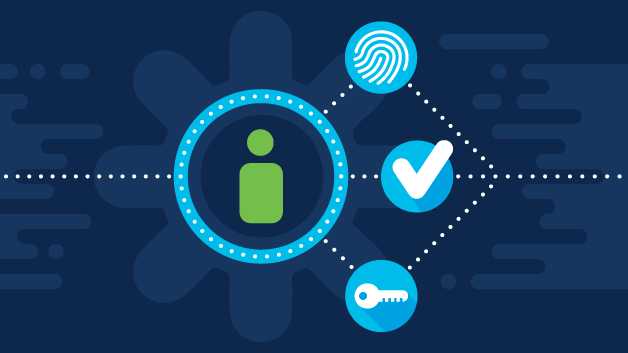What is IAM?
What does an IAM solution do?
An IAM solution allows IT administrators to securely and effectively manage users' digital identities and related access privileges. With IAM, administrators can set up and modify user roles, track and report on user activity, and enforce corporate and regulatory compliance policies to protect data security and privacy.
An IAM solution might be a collection of several processes and tools, including a network access control (NAC) solution. IT administrators use NAC solutions to control access to networks through capabilities such as policy lifecycle management, guest networking access, and security posture checks. IAM solutions can be delivered as cloud services or deployed on-premises, or they can be hybrid solutions--both on-premises and in the cloud. Many businesses choose cloud-based applications for IAM because they are easier to implement, update, and manage.
What is a digital identity?
A digital identity is a central source of truth in identity and access management. It refers to the credentials that a user needs to gain access to resources online or on an enterprise network. IAM solutions match these credentials, known as authentication factors, to users or entities that are requesting access to applications, primarily at the Layer 7 level. The factors help verify that users are who they say they are.
What are common authentication factors?
Three of the most commonly used authentication factors for IAM are something that the user knows (such as a password); something the user has (such as a smartphone); and something the user is (a physical property, such as a thumbprint). A user typically needs to provide a combination of authentication factors for an authenticator application to confirm their identity and grant them access to the protected resources they are privileged to view or use.
Many enterprises use two-factor authentication (2FA), which is a basic form of multi-factor authentication (MFA). The 2FA process requires a user to provide a username and password, and then enter a code generated by the 2FA application or respond to a notification on a device such as a smartphone.
